
Here's what Kensington Market in Toronto has looked like since the 1910s
Prior to the first World War, Kensington Market had yet to develop into the full-blown outdoor market scene that it has since become.
The growth of the Jewish community during the inter-war years would, however, change the area from a tired residential neighbourhood, to a burgeoning marketplace, first via handcarts pushed through the streets, and then by stalls opened up on residents' front lawns.
By the 1930s, roughly 80 per cent of Toronto's over 40,000 Jews called the Kensington Market area home, and a bustling outdoor market had already taken hold on streets like Kensington and Baldwin.
As the photos here indicate, houses were small and the conditions were decidedly working class, but the market itself was vibrant and led many to acquire enough wealth to move to more affluent areas to the northwest in the years that followed.
Following World War II, much of the Jewish population had left the market, to be replaced by diverse mix of new immigrants that included Portuguese, Hungarians, Italians and Ukrainians.
This saw the full-scale rise of the market atmosphere on Augusta and Nassau, where it was common to see live chickens outside the storefronts.
In the years that have followed, the market has remained one of the city's most diverse places with the rise of the Asian population as well as Latin Americans and a host of other groups.
Here's what Kensington Market in Toronto has looked like since the 1910s.
1910s
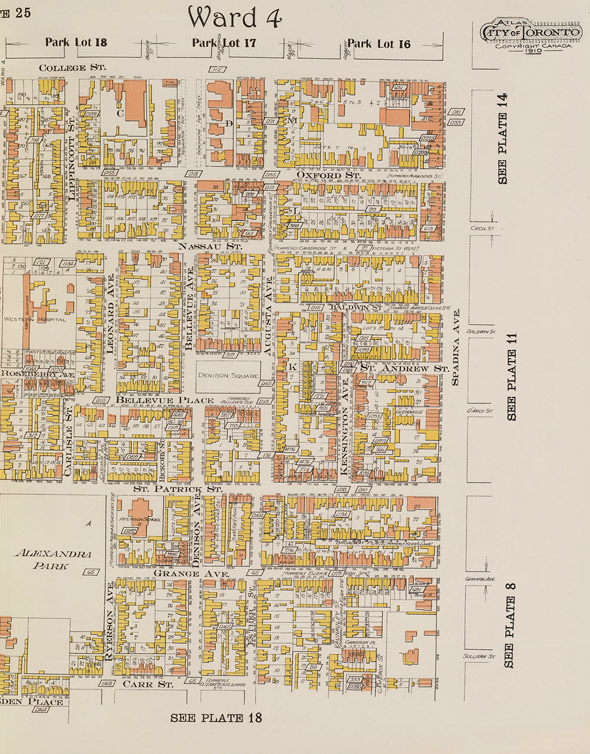
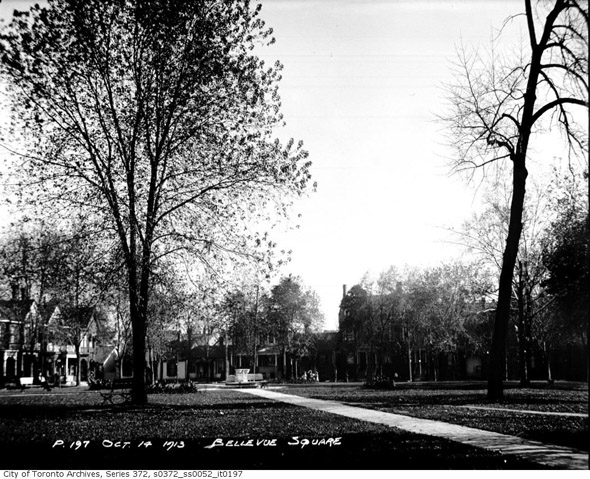
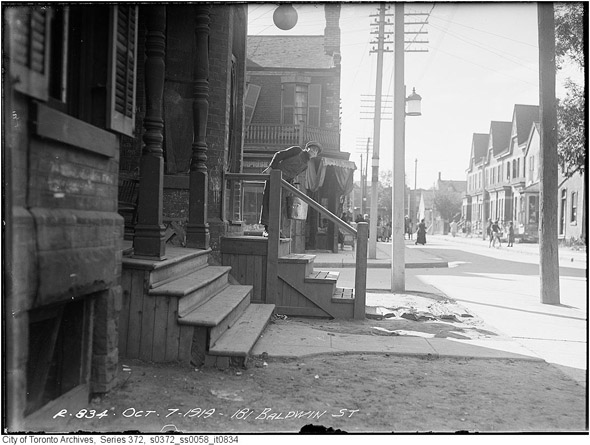
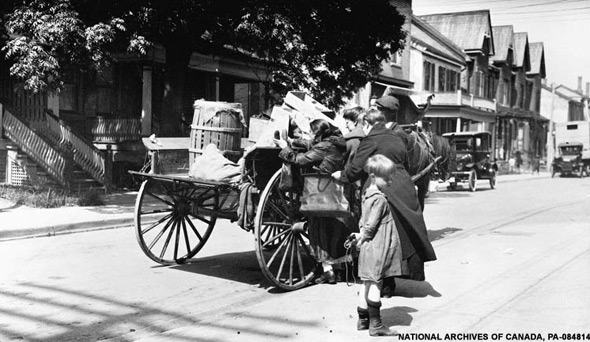
1930s
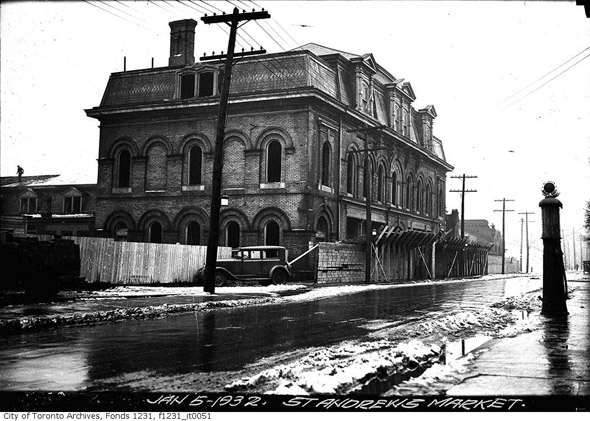
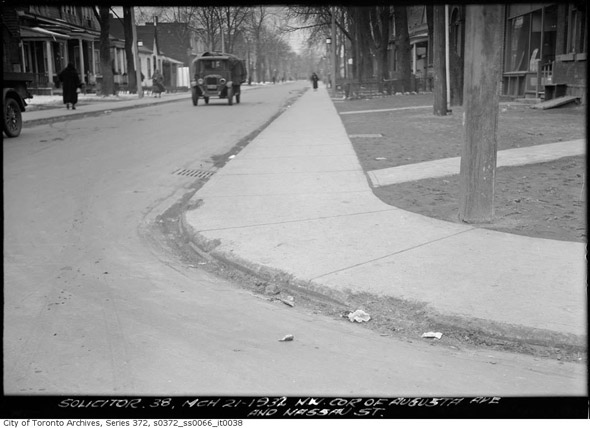
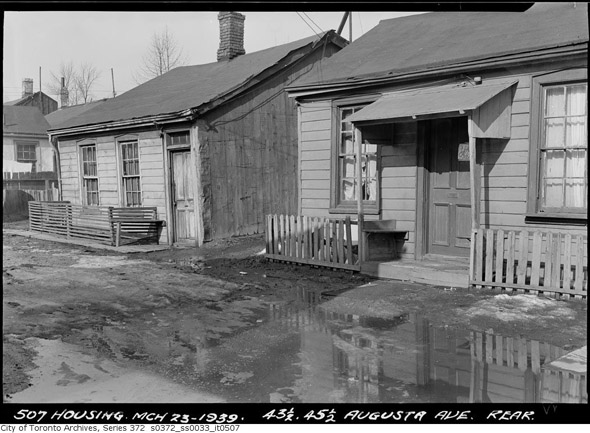
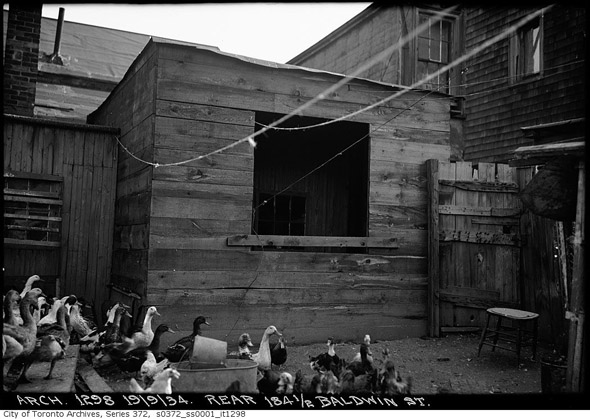
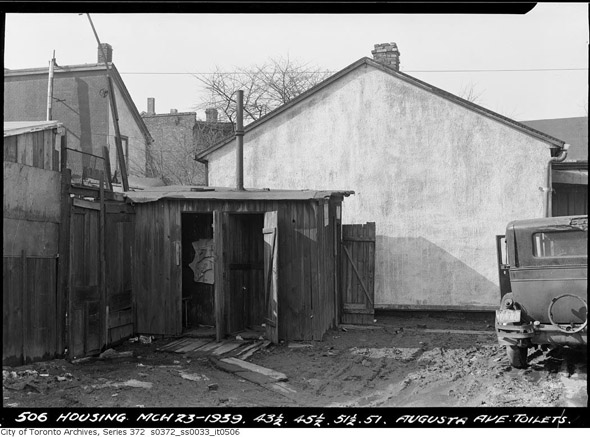
1940s
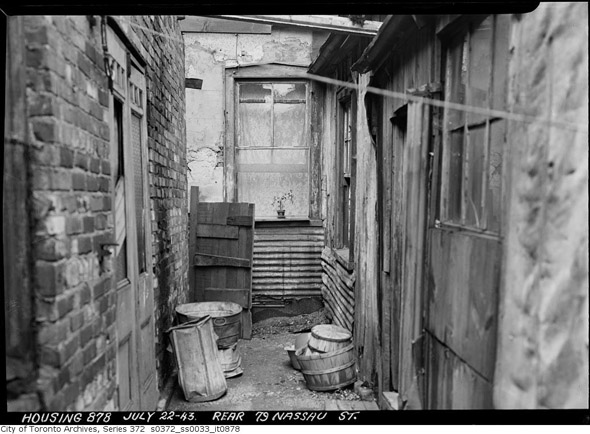
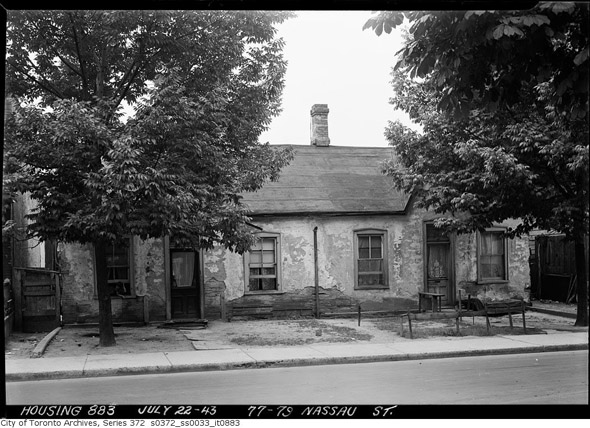
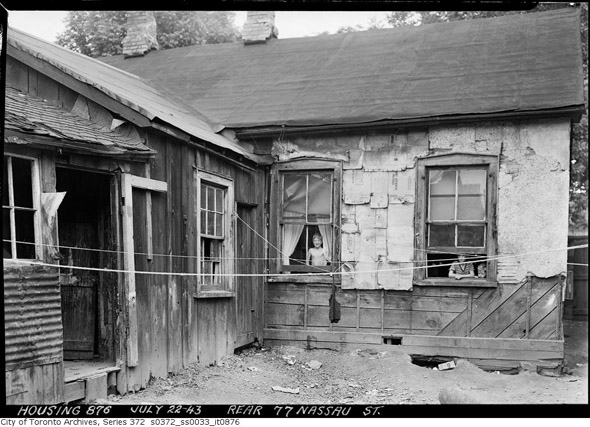
1950s
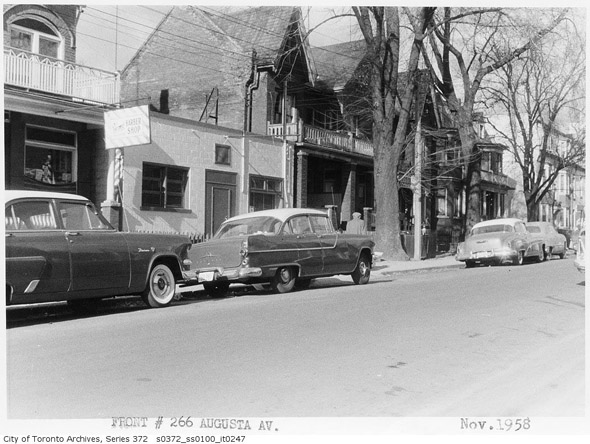
1960s
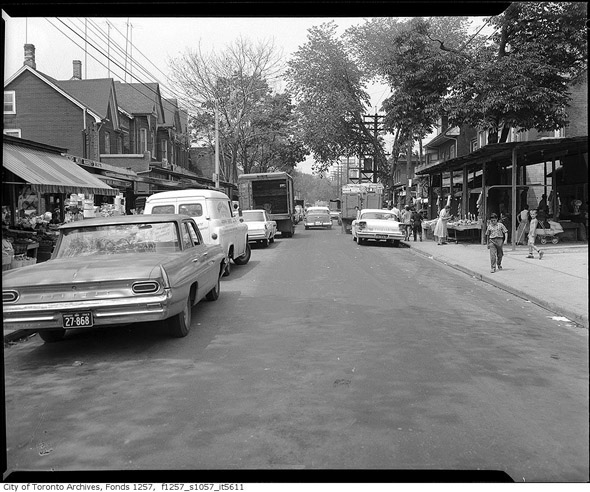
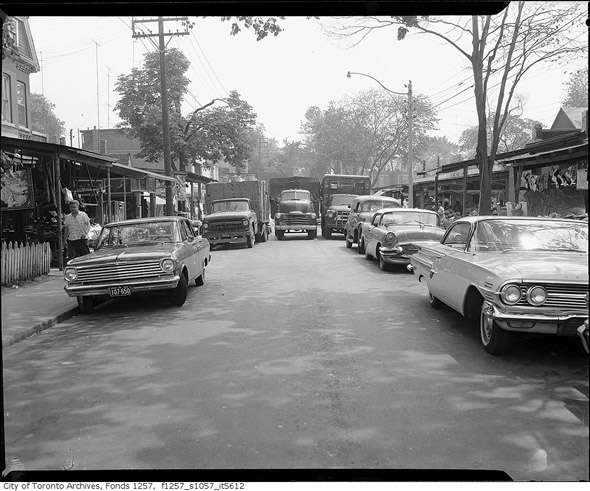
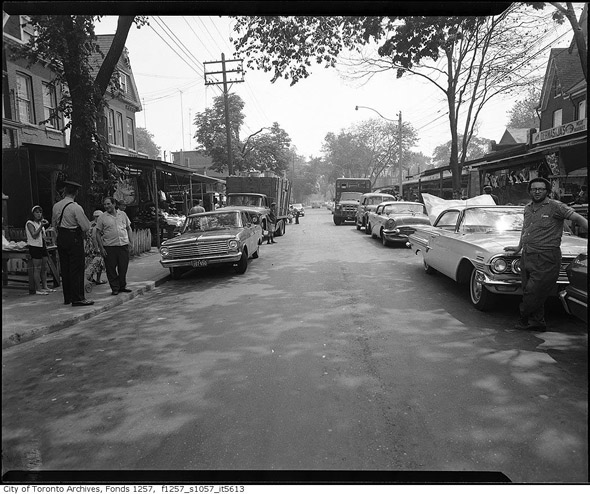
1970s
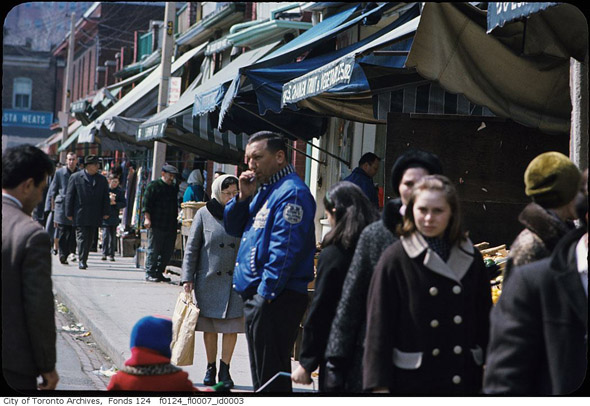
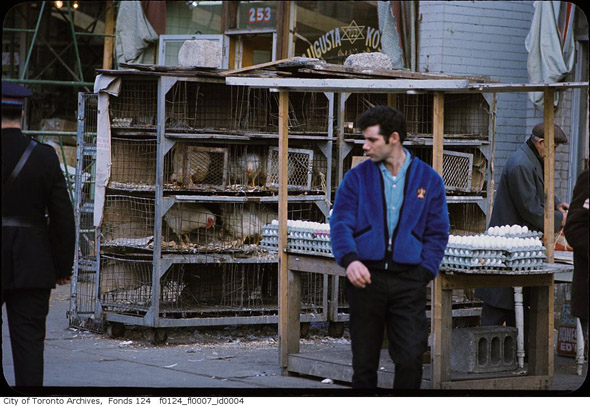
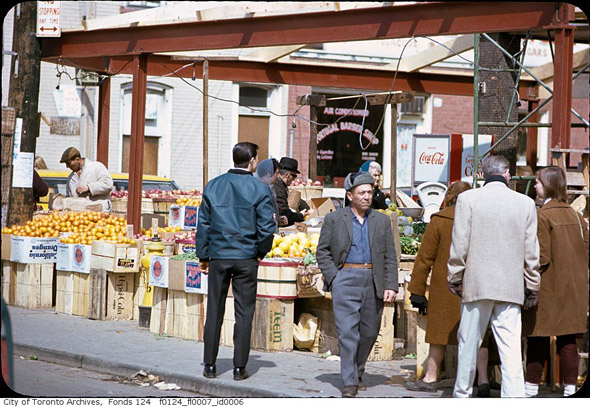
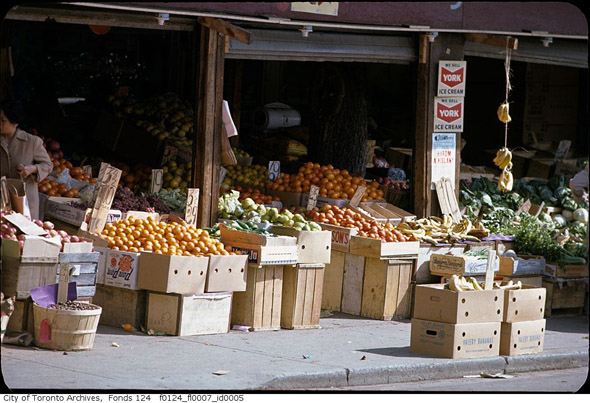
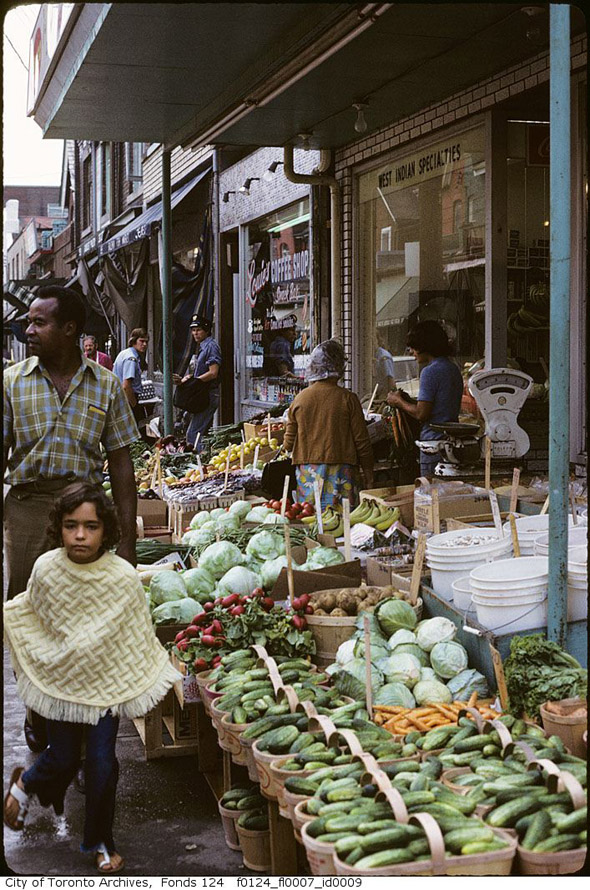
1980s
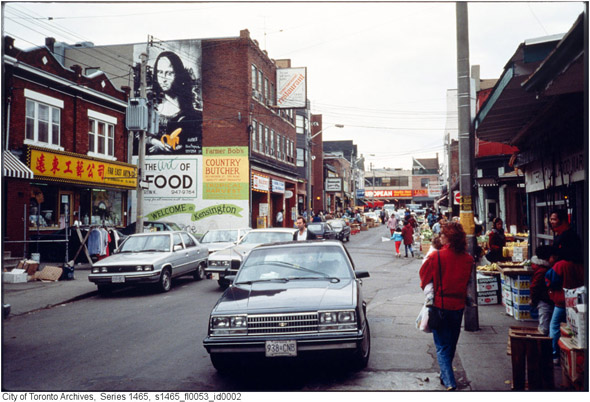
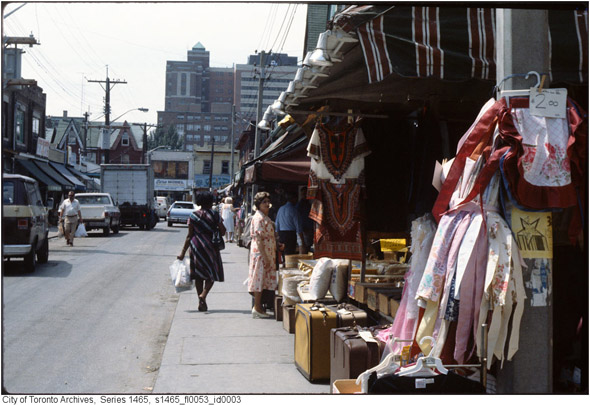
1990s
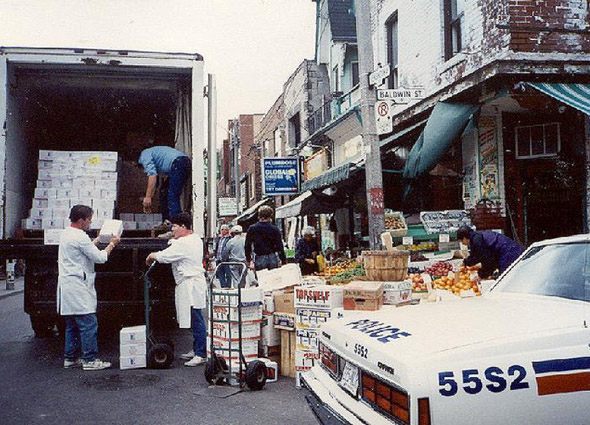
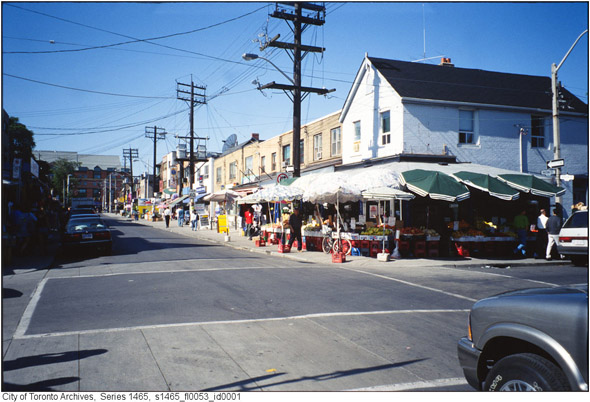
Toronto Archives
Latest Videos
Latest Videos
Join the conversation Load comments







